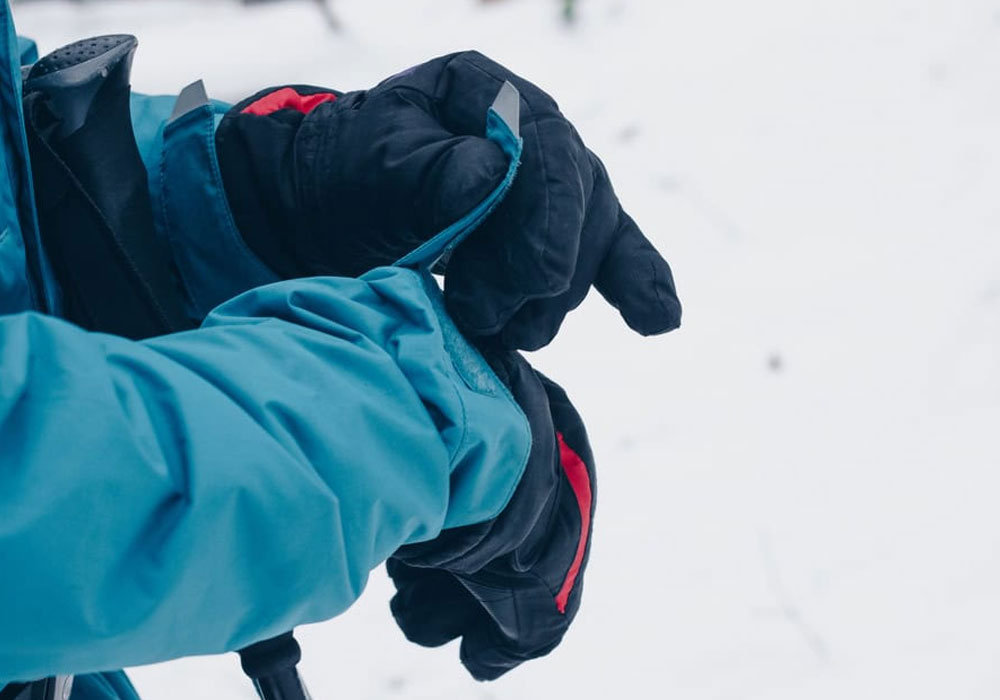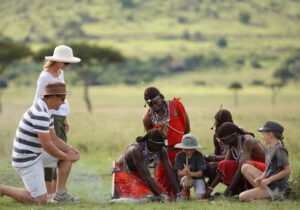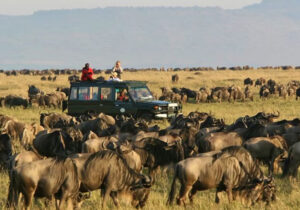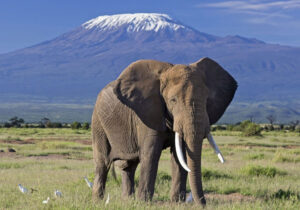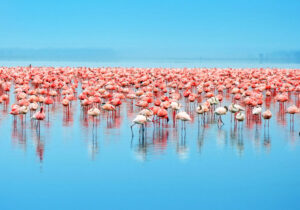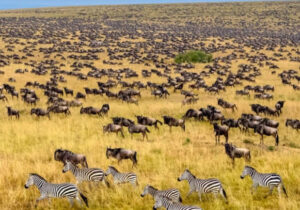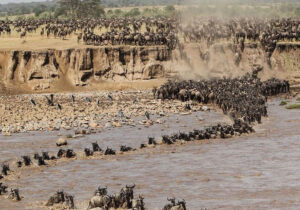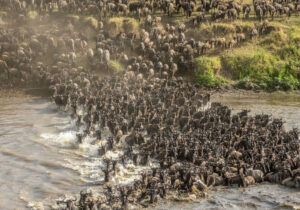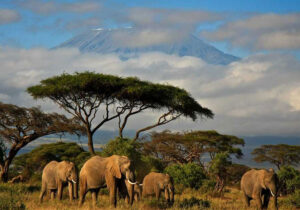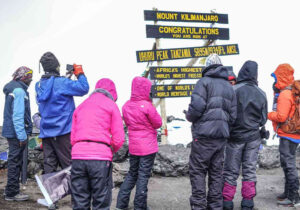How to Prepare for the Cold on Kilimanjaro
Understanding how to prepare for the cold on Kilimanjaro is essential for every climber. The mountain’s climate changes dramatically, from warm tropical conditions at the base to freezing temperatures near the summit. Being properly equipped with the right clothing and gear can make the difference between a comfortable, enjoyable trek and a challenging, exhausting experience.
The Importance of Layering on Kilimanjaro
A proper layering system forms the foundation for staying warm on the mountain. Since temperatures shift significantly with altitude, layers allow you to adjust quickly. Begin with a moisture-wicking base layer to keep sweat off your skin and maintain dryness. Add a mid-layer, such as fleece or down, to trap body heat. Finally, How to Prepare for the Cold on Kilimanjaro, wear a waterproof and windproof outer shell to protect yourself from strong winds, rain, or even snow.
Pack an Insulated Jacket
An insulated jacket is a must-have, especially for summit night when temperatures can drop drastically. A high-quality down or synthetic jacket provides essential warmth and helps conserve your energy during the most challenging parts of the climb.
Protect Your Extremities at Kilimanjaro
Cold hands, ears, and face can make the climb uncomfortable and may increase the risk of frostbite. Bring thermal gloves, a warm hat, or a balaclava. These small but vital items protect sensitive areas and help you maintain warmth throughout the trek.
Choose the Right Sleeping Bag
At higher camps, nighttime temperatures drop significantly. A four-season sleeping bag rated to at least -10°C (14°F) ensures you sleep comfortably and wake ready for the next day’s climb. If you don’t own one, Kiriwe Travel can provide or arrange high-quality sleeping bags designed specifically for the mountain’s extreme conditions.
Final Thoughts about Kilimanjaro
Learning how to prepare for the cold on Kilimanjaro is all about careful planning, smart packing, and knowing what your body needs. By layering effectively, carrying proper insulation, and protecting yourself with reliable gear, you’ll be ready to face the mountain’s challenges and fully enjoy the unforgettable journey to the Roof of Africa.

